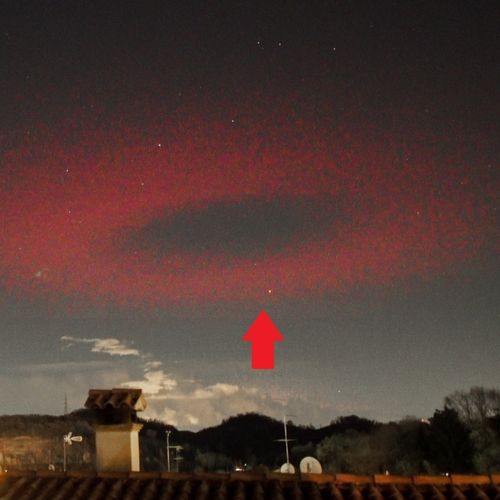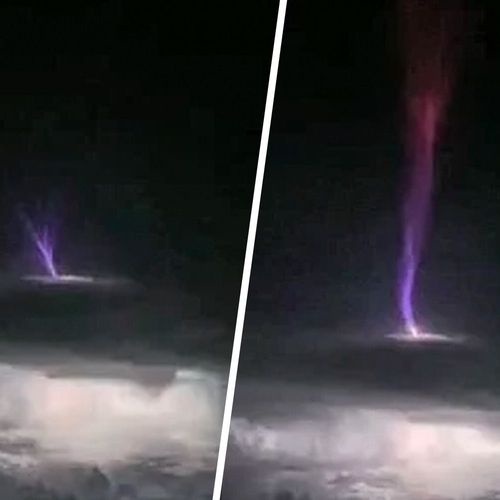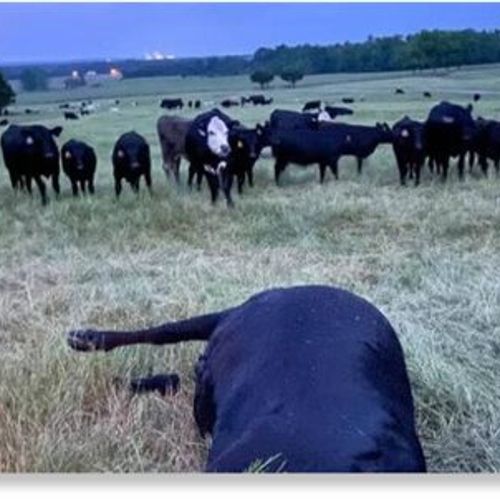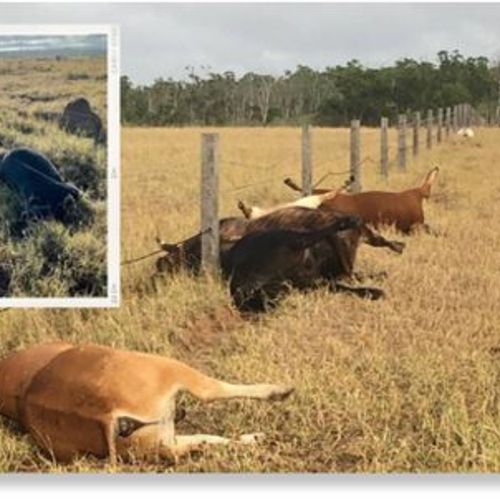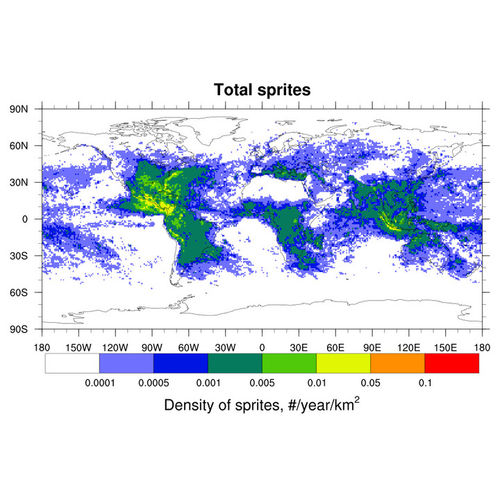
| Added | Sat, 15/04/2023 |
| Источники | |
| Дата публикации | Sat, 15/04/2023
|
| Версии |
Real hunters of high–altitude flashes - "air spirits" (or sprites) from the Institute of Applied Physics of the Russian Academy of Sciences recreated the object of their study in the laboratory. In a small vacuum chamber, they caught a fleeting "spirit" that existed for hundredths of a second, similar to those that usually occur at altitudes above 50 kilometers above the Ground, above thunderclouds. About what other "entities" can appear in the sky, why they need to be investigated, we talked with the author of the project, Candidate of Physical and Mathematical Sciences Andrey Yevtushenko.
Even 30 years ago, someone who described such phenomena could be called an eccentric, because few people believed in the existence of "sprites" (from the Latin spiritus – "spirit"), elves and other atmospheric fairy-tale characters. There are two reasons that strange high-altitude flashes managed to hide from scientists for a long time. Firstly, they are almost impossible to see with a simple eye, because they are very short-lived, that is, they occur in 10-15 milliseconds, which is more fleeting than the change of the 25th frame. Secondly, they flash only on the other side of the clouds, and in order to fix them with the help of the highest-speed camera, you still need to find a convenient position, for example, to accidentally be on a plane flying over the clouds. Thirdly, modern video cameras capable of "catching" these amazing flashes have appeared relatively recently.
The first to discover high-altitude flashes was Professor John Randolph Winkler, a 73-year-old NASA veteran. It happened in 1989. The scientist pointed the video camera at the storm clouds, and then, watching the film frame by frame, he found bright flashes that, unlike ordinary lightning, occurred above the clouds. The "show" took place between 14 and 40 kilometers above the Earth's surface.
After Winkler's discovery was confirmed by other researchers, a boom in research in this area began. It soon became clear that there were many "inhabitants" of the reverse side of the clouds: they were classified (as the height of their formation and shape increased) into jets, sprites, halos and elves.
– Andrey Alexandrovich, let's first deal with all these phenomena, how do they differ from each other?– Let's start with those that arise below all the others.
These are jets (from the English "jet" - jet) – high-altitude flashes, which are also called lightning on the contrary, which are discharged from the cloud not towards the ground, but towards the sky. Jets are characterized by a blue color (it depends on the density of the atmosphere at those altitudes where flashes occur). Jets are divided into blue starters that "shoot" up to 20-25 kilometers, classic jets that reach 50 kilometers, and giant jets that can extend up to 90 km). Sprites appear at altitudes from 50 to 90 km, which already have red or pink colors. These flashes directly depend on the parent ordinary lightning (they are, as it were, its echo from the back of a thundercloud). They are also different. For the external similarity of some with jellyfish, whose "tentacles" are directed to the ground, they are called "jellyfish sprite". Others are shaped more like a carrot – "carrot sprite". There is also a halo — diffuse, diffuse glow formed instead of a sprite. And finally, the elves. They also occur at high altitudes of about 85-90 km, have a red color and represent the reaction of the atmosphere to an electromagnetic pulse coming from the discharge of ordinary lightning. It is even more difficult to notice an "elf" than jets and sprites – it occurs, on average, for one millisecond. But thanks to the high–speed cameras that filmed them, we know that this is a radially diverging ring at altitudes of about 90 km, a kind of expanding luminous steering wheel.
– Why did you choose sprites as the object of your research?- They occur more often than other phenomena.
In addition, our work on developing a map of sprites and their modeling did not begin in a bare place – before that, we studied ordinary lightning and currents arising in the atmosphere. And sprites directly depend on them (which cannot be said about jets, which are born by themselves).
– Tell us about modeling a sprite in the laboratory. How did you manage it?– We built a vacuum chamber with a volume of 4 cubic meters, installed two electrodes in it to sum up the potential and created a pressure close to what occurs in the mesosphere, where natural sprites are born (it is several thousand times less than the one in which we live).
But the subtlety is that in nature, the pressure at different sites of discharge propagation is different. That's why sprites take the form of jellyfish, then carrots. And in order to achieve similarity, we also set a goal for ourselves: to create pressure drops in our installation.
– And what kind of sprite did you end up with? – Ours was more like a carrot.
– Where in nature can you find more sprites?– Various high—altitude flares are more common in the tropics and subtropics, where the most active convection events occur (active vertical heat exchange in the atmosphere - Auth.).
These are the Caribbean, Southeast Asia, Africa, and the Mediterranean.
– Is it impossible to fix a sprite in Russia?– Sometimes they are found in our latitudes.
One of my colleagues once took a photo of a sprite from Moscow. However, the cloud over which he appeared was at that moment approximately over Tver.
– How is it possible to fix a flash at such a distance?!
– Such events are "caught" only in this way. To catch a sprite (or jet), you need to be where there is no thunderstorm and clear sky overhead. You need to look where there is a powerful thunderstorm activity at a distance of about 100-200 km. Then there will be high chances to shoot a sprite with a highly sensitive camera.
A MAP OF THE ESTIMATED DENSITY OF SPRITES. PROVIDED BY IPF RAS
Новости со схожими версиями
Log in or register to post comments



